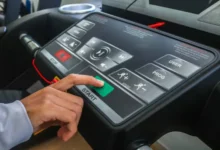Low Row: A Comprehensive Guide to Strength and Form
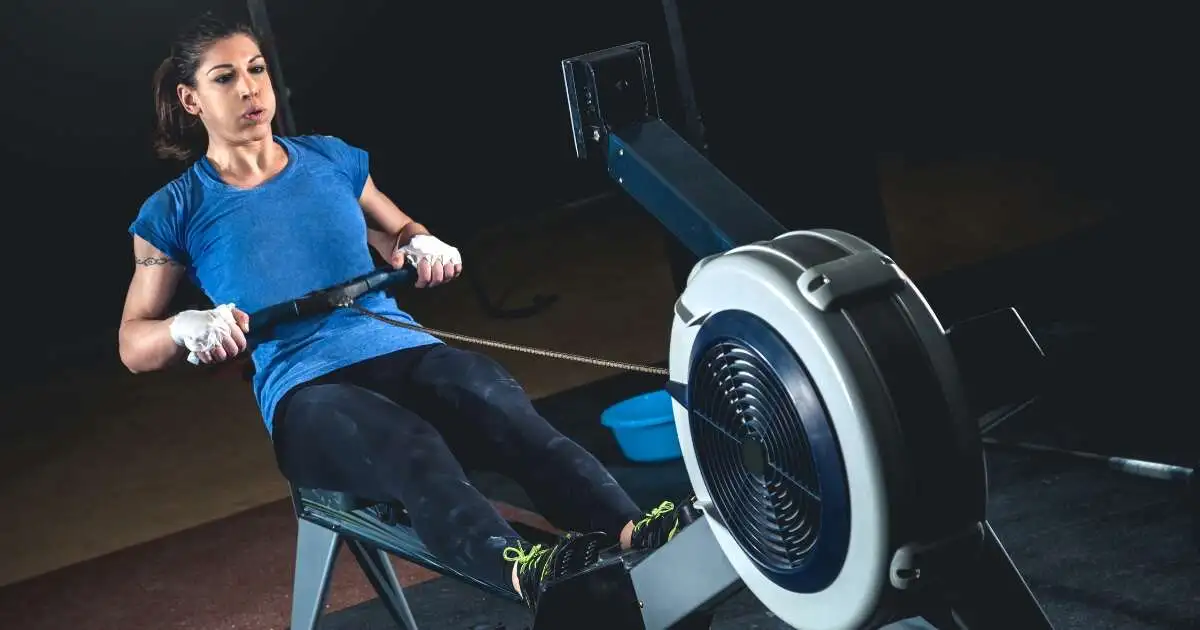
A good gym should have low row machines, but you can use them for more than just strength training. To build a strong core and back, work out a lot of muscles at once with low rows. They will also help you stand up straighter. Learn how to do the low row. It can help you get in better shape no matter how experienced or new to bodybuilding you are. There are many good things about low-row exercises, and this guide will show you how to get the most out of each rep.
The Low Row Unpacked: What It Is and How It Works
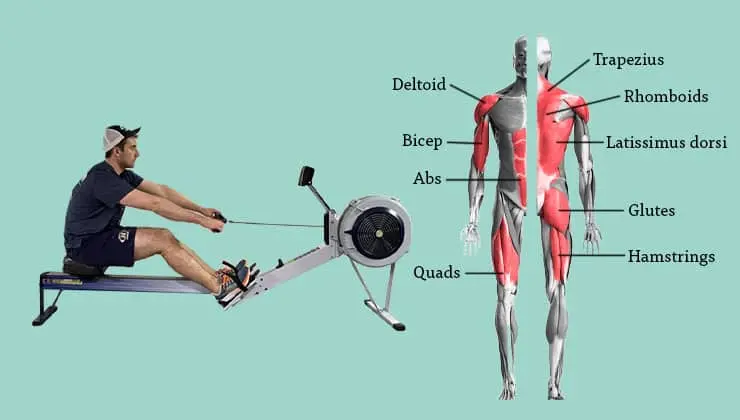
The weighted cables on this machine make you feel like you’re rowing a boat. With most models, you can pull the handle toward your middle or a little higher. While the upper back, shoulders, and arms muscles are being worked, the core muscles are also being worked to keep the body stable during the movement.
The Muscles at Work
During a low row exercise, more than one muscle is worked at the same time. The latissimus dorsi, or “lats,” and the rhomboids—which pull the arms toward the body—do most of the work. The biceps, forearms, and muscles that support the torso are all examples of secondary muscles. Focusing on good form can help you work each muscle group harder, which will lead to more targeted strengthening.
The Mechanics of a Rep
Engaging your core and bracing your abdominals, begin by sitting upright with your knees slightly bent and your feet firmly planted. Grasp the handle with your arms fully extended, ensuring your back is straight and not hunched over. Pull the handle towards your midsection, squeezing your shoulder blades together, and return to the initial position with control. This motion should be fluid and not jerky to minimize the risk of injury and maximize muscle recruitment.
Benefits of Low Row Exercises
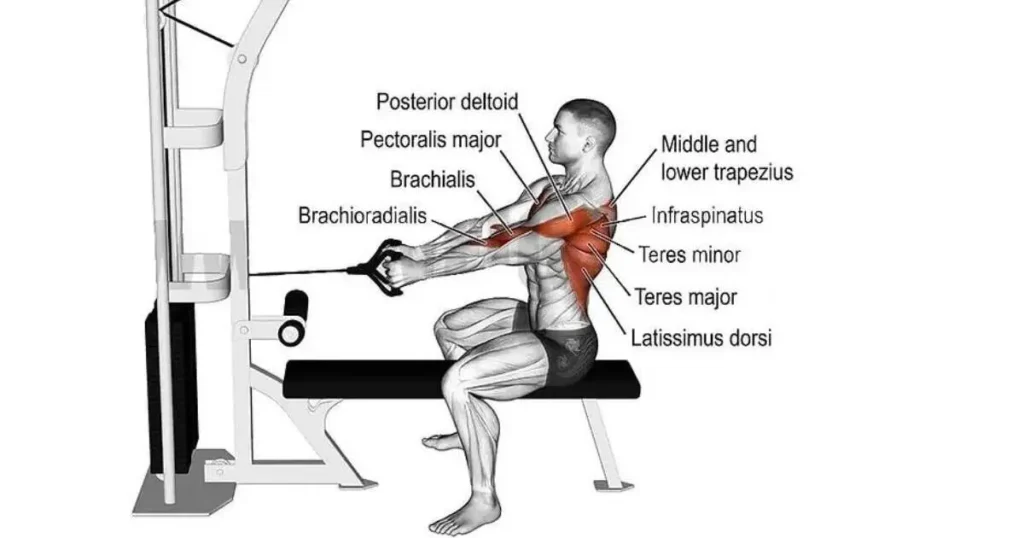
Incorporating the low row into your workout routine offers a multitude of benefits, including:
Improved Upper Body Strength
Developing a solid back, particularly the last and rhomboids is crucial for functional strength. Whether you’re lifting heavy objects or performing a pull-up, a robust back will support those movements.
Enhanced Posture
A sedentary lifestyle and improper desk ergonomics can lead to poor posture. The low row helps in countering these effects by strengthening the muscles responsible for keeping the shoulders back and the chest open.
Injury Prevention and Rehabilitation
Many sports-related shoulder injuries can be mitigated and rehabilitated with the help of low row exercises. Strengthening the surrounding musculature supports the shoulder joint and reduces the risk of future injuries.
Core Activation and Stabilization
The nature of the low row exercise activates the core muscles, further enhancing your stability and balance, which can translate to better performance in other activities and sports.
Step-by-Step Low Row Guide for Beginners
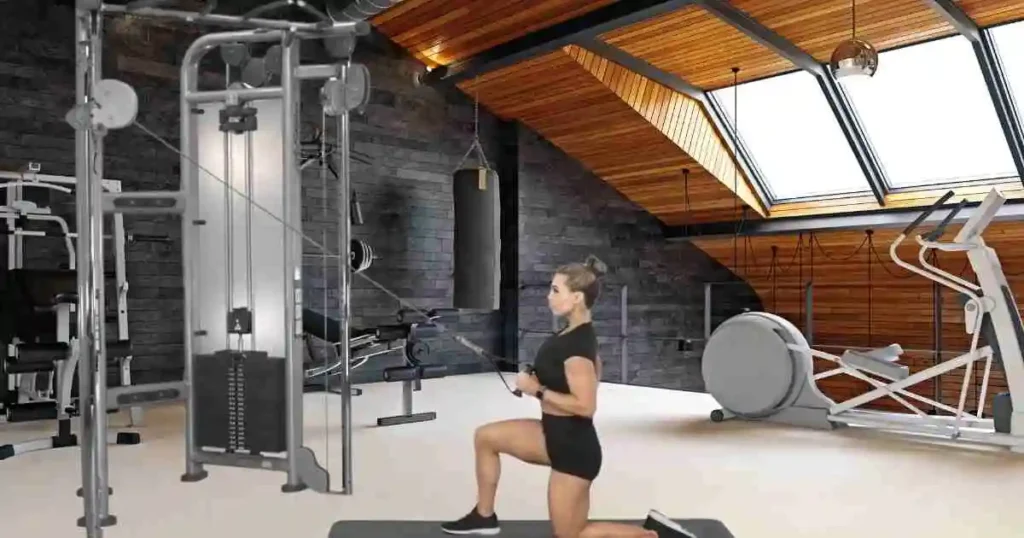
Embarking on a new strength training regimen can be intimidating. Still, with a solid understanding of the low row and its mechanics, you can boost your confidence and enhance your workouts.
Setting Up the Machine
Adjust the low row machine to a weight that is challenging but allows you to execute your reps with proper form. Sit on the bench and ensure your feet are flat on the floor and your knees are slightly bent. The handle should be within reach but not too close that it restricts the full extension of your arms.
Initiating the Movement
Begin with your arms fully extended and your back straight. Inhale and pull the handle towards your lower rib cage, leading with the elbows. Use a controlled motion and aim to bring your shoulder blades together at the peak of the movement. Exhale as you return to the starting position to complete one rep.
Common Errors to Avoid
- Hunching the Back: Keep your back straight throughout the movement to prevent injury and maintain engagement of the target muscles.
- Using Momentum: Jerking the weight can lead to diminished results and potential strain. The movement should be slow and controlled.
- Leaning Back: Stay firmly seated during the exercise. Leaning back decreases the effectiveness of the row and can strain the lower back.
Advanced Techniques to Maximize Low-Row Workouts
For those who have mastered the basics, there are several advanced techniques to supercharge your low-row sessions and continue making progress:
Variations in Grip
Utilize different handle attachments to target muscles from varying angles and improve muscle balance. Overhand, underhand, and neutral grips can all slightly alter the focus of the exercise, offering a comprehensive back workout.
Tempo Training
Experiment with different tempos, such as slowing down the eccentric (return) phase of the movement, to increase time under tension and force the muscles to work harder.
Progressive Overload
Gradually increase the weight to continue challenging your muscles and promoting growth. A good rule of thumb is to aim for a weight that allows you to perform 8-12 reps with good form before reaching fatigue.
Integrating Low Rows into Your Workout Program
Low rows should be part of a comprehensive strength training program that includes a balance of push and pull exercises. They can be done as part of a whole-body or back-specific workout, and the number of sets and reps will depend on your training goals, whether muscle hypertrophy, strength, or endurance.
Sample Workout Routines
- Back Day Routine: Include the low row alongside exercises like pull-ups, Lat pull-downs, and deadlifts. Aim for 3-4 sets of 8-12 reps.
- Entire Body Day Routine: If incorporating the low row into a full-body workout, consider adding 2-3 sets of 10-15 reps.
Conclusion
Functional training works very well, as shown by the low row machine. By making a commitment to learning the right way to do things and gradually pushing yourself, you can improve not only your body but also your health and well-being. You can make the low row an important part of your fitness journey with this guide by your side. Enjoy the burn, enjoy the grind, and enjoy the strength you gain with each pull. It’s good for your back, your core, and your physical strength.







